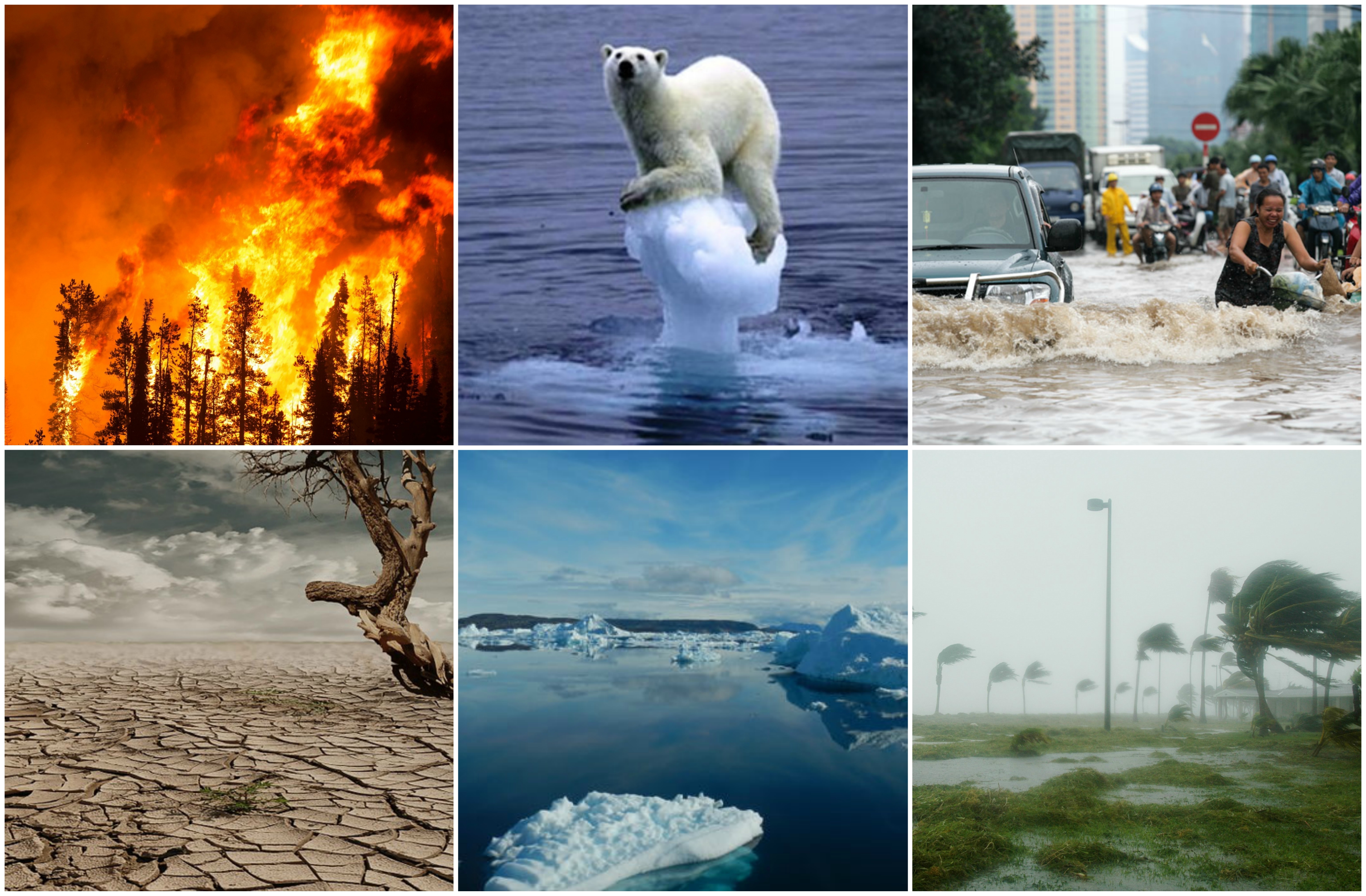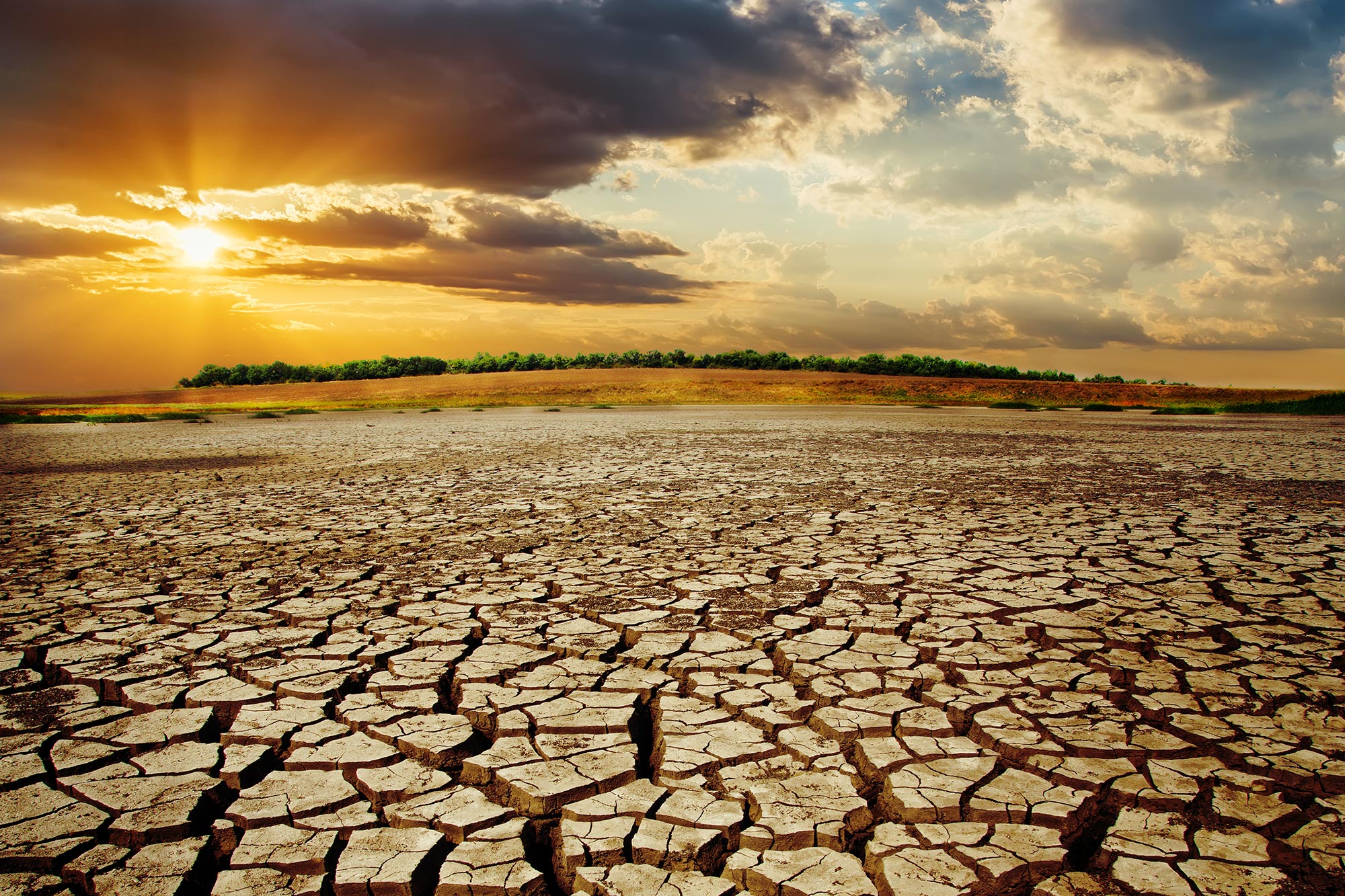The Surprising Truth About What Really Drives Climate Change: Debunking common misconceptions, the recent research findings unveil the true culprits behind our planet's changing climate.

April News - Action Project Awards - Climate Change R4R Tab - PD - Source myemail.constantcontact.com
Through meticulous analysis and extensive research, we have compiled this comprehensive guide to reveal the often-overlooked factors that are shaping our climate's destiny.
| Key Difference | Summary |
|---|---|
|
Evidence vs. Assumption |
Climate change is not merely a theoretical construct but a reality supported by irrefutable scientific evidence. |
|
Natural Cycles vs. Human Activities |
While natural climate cycles exist, human activities, particularly the burning of fossil fuels, are the primary driver of the current rapid warming trend. |
|
Complexity vs. Simplicity |
Climate change is a complex phenomenon influenced by multiple factors, but human-caused greenhouse gas emissions remain the dominant driver. |
Delving into the main article topics, we will:
FAQ
This FAQ addresses common concerns or misconceptions regarding the true drivers of climate change.
Question 1: Is climate change solely caused by human activities?
Answer: While human activities contribute significantly, natural processes also play a role. However, scientific evidence overwhelmingly indicates the dominant influence of human-induced greenhouse gas emissions.
Question 2: How can we determine the impact of human activities on climate change?
Answer: Climate models, precise measurements, and historical data analysis all provide evidence that underscores the predominant role of human activities in causing climate change.
Question 3: Why is the climate changing so rapidly now?
Answer: The current rate of climate change is unprecedented in the past 10,000 years. It is primarily attributed to the dramatic increase in greenhouse gas emissions since the Industrial Revolution.
Question 4: What are the major greenhouse gases?
Answer: The primary greenhouse gases responsible for climate change are carbon dioxide, methane, and nitrous oxide. Human activities, such as fossil fuel combustion and agriculture, contribute to their elevated levels in the atmosphere.
Question 5: Why are climate models so important?
Answer: Climate models are essential tools for understanding past climate patterns and predicting future changes. By incorporating physical processes and observed data, they help scientists evaluate different scenarios and assess the potential impacts of climate change.
Question 6: What can we do to mitigate climate change?
Answer: Reducing greenhouse gas emissions through renewable energy adoption, energy efficiency measures, and sustainable land-use practices is crucial. Additionally, climate adaptation strategies are necessary to mitigate the impacts that are already occurring.
Understanding the key facts and addressing misconceptions are essential for informed decision-making and effective action to mitigate climate change.
Transition: For further insights, explore the following article section on...

The Truth Behind the Paris Agreement Climate Pledges – “Insufficient to - Source scitechdaily.com
Tips
Contrary to popular belief, human activities alone are not the sole drivers of climate change. Natural processes also play a significant role, and understanding their impact is crucial for developing effective mitigation strategies.
Tip 1: Recognize the influence of the Sun
The Sun's energy output fluctuates over time, and these variations can affect Earth's climate. Solar minima, periods of reduced solar activity, can lead to cooler temperatures, while solar maxima can result in warming.
Tip 2: Consider the Earth's orbital cycles
The Earth's orbit around the Sun is not perfectly circular, and its orientation changes over time. These cycles, known as Milankovitch cycles, can influence the amount of solar radiation reaching different parts of the planet, affecting climate patterns.
Tip 3: Acknowledge the role of volcanic eruptions
Volcanic eruptions release large amounts of ash and sulfur dioxide into the atmosphere. These particles can reflect sunlight and cool the planet, but they can also trap heat and contribute to warming. The timing and location of eruptions can have significant impacts on climate.
Tip 4: Understand the effects of ocean currents
Ocean currents play a vital role in distributing heat around the globe. Changes in ocean currents, such as the Atlantic Meridional Overturning Circulation (AMOC), can have major consequences for regional and global climate.
Tip 5: Appreciate the significance of natural carbon sinks
Natural carbon sinks, such as forests and oceans, absorb and store carbon dioxide from the atmosphere. Understanding the processes that control these sinks is crucial for mitigating climate change.
These tips highlight the complexity of climate change and emphasize the need to consider both human and natural factors in developing effective solutions. The Surprising Truth About What Really Drives Climate Change provides a comprehensive exploration of these natural drivers and their implications.
By embracing a holistic understanding of climate change, we can better address its challenges and safeguard our planet's future.
The Surprising Truth About What Really Drives Climate Change
In order to effectively combat climate change, it is essential to have a comprehensive understanding of the underlying factors that drive it. While many aspects contribute to climate dynamics, some key elements play surprisingly significant roles.
- Fossil fuel usage: The combustion of fossil fuels releases greenhouse gases into the atmosphere, contributing to global warming.
- Deforestation: The removal of forests reduces carbon sinks, exacerbating atmospheric carbon dioxide levels.
- Industrial processes: Manufacturing and other industrial activities release various pollutants that trap heat in the environment.
- Land use change: Converting natural landscapes into urban or agricultural areas alters surface properties and can influence local climate patterns.
- Methane emissions: Methane, a potent greenhouse gas, is released through agricultural activities and natural sources, contributing to atmospheric warming.
- Natural climate variability: Phenomena like El Niño and La Niña naturally influence climate patterns, affecting temperature and precipitation on a global scale.
These factors are interconnected and impact climate change in complex ways. For instance, deforestation not only reduces carbon sinks but also changes local rainfall patterns. Understanding these aspects is crucial for developing effective climate mitigation and adaptation strategies.

Climate Panel Cites Near Certainty on Warming - The New York Times - Source www.nytimes.com
The Surprising Truth About What Really Drives Climate Change
The Surprising Truth About What Really Drives Climate Change is a study that suggests that aerosols from ships are responsible for about half of Arctic Sea ice loss since 2007. The findings of the study were published in the journal Nature Climate Change.

Facing California’s Future of Flooding and Droughts - The New York Times - Source www.nytimes.com
The study found that as the number of ships sailing in the Arctic has increased, so has the amount of pollution from ship engines that is released into the atmosphere.
The research team used a computer model to simulate the effects of ship emissions on Arctic sea ice. The model showed that ship emissions can lead to the formation of clouds that reflect sunlight back into space, causing the Arctic to cool. The cooling effect can lead to an increase in sea ice, which can further reflect sunlight and lead to even more cooling.
The findings of the study suggest that reducing ship emissions could help to slow the rate of Arctic sea ice loss. This could have a significant impact on the global climate, as the Arctic is a major regulator of the Earth's climate.
Table: The Surprising Truth About What Really Drives Climate Change
| Cause | Effect |
|---|---|
| Increase in the number of ships sailing in the Arctic | More pollution from ship engines released into the atmosphere |
| Ship emissions can lead to the formation of clouds that reflect sunlight back into space | The Arctic cools |
| Cooling effect can lead to an increase in sea ice | Sea ice reflects sunlight and leads to even more cooling |